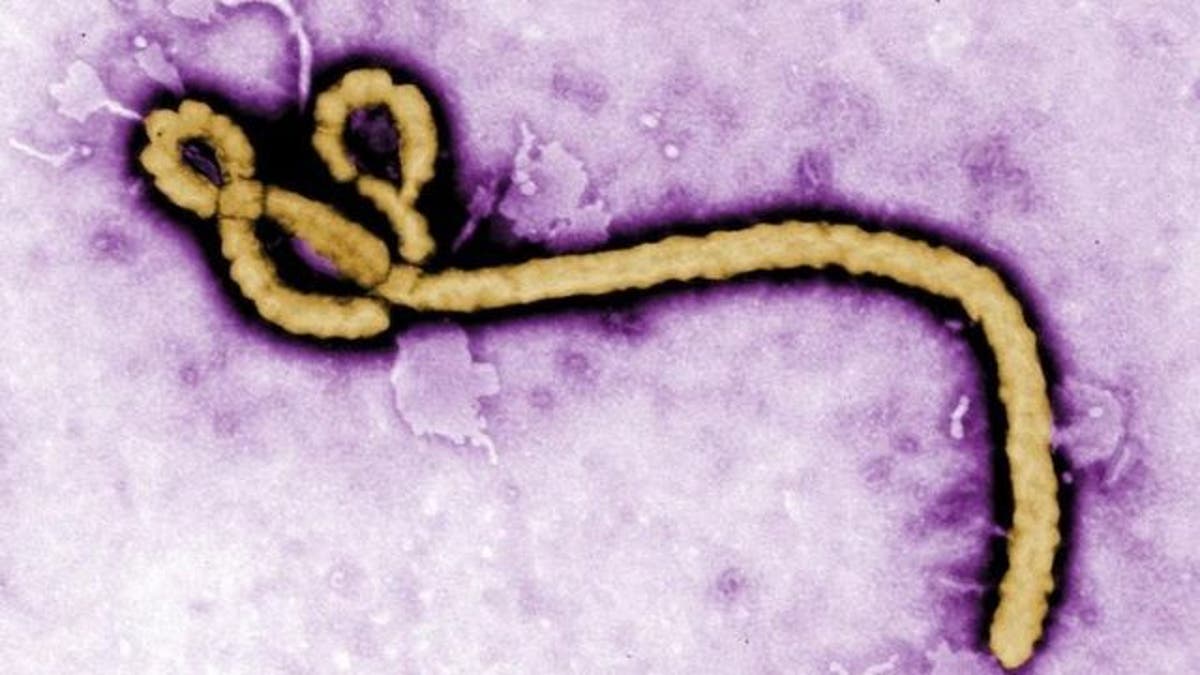
In light of the first diagnosis of Ebola in the U.S. earlier this week, concerns over whether the disease will spread— and by what means— still linger.
The family of the Ebola patient Thomas Eric Duncan has been quarantined in the Dallas apartment he was visiting before being admitted to an area hospital. Fifty people who came in contact with Duncan since his arrival in the U.S. on Sept. 20 are being monitored, the Centers for Disease Control and Prevention (CDC) confirmed Friday.
The CDC said in a release Friday that it has recorded 10 "possible" Ebola cases nationwide. Of those, 17 have resulted in blood tests.
Ten people in Texas are now being considered “high-risk” and will be monitored daily for 21 days, the incubation period for Ebola. Ebola symptoms typically appear between eight and 10 days after infection, according to the CDC.
People who are infected with Ebola are not contagious until they become ill, Dr. Beth P. Bell, director of the National Center for Emerging and Zoonotic Infectious Diseases at the CDC, said during a press conference Friday.
When patients are infected, “the next steps are basically threefold,” said Dr. Thomas Frieden, director of the CDC, in a press conference on Tuesday. “First, to care for the patient … to provide the most effective care possible as safely as possible to keep to an absolute minimum the likelihood or possibility that anyone would become affected, and second, to maximize the chances that the patient might recover.”
The third and possibly most daunting step, which the CDC has been working with Texas health officials on since Monday, is identifying and monitoring anyone who may have come in contact with the patient.
Initial symptoms of Ebola include fever, fatigue, muscle pain, headache and sore throat, according to the World Health Organization (WHO). The disease is transmitted only through direct contact with bodily fluids from a person who has exhibited symptoms.
Direct contact occurs when bodily fluids— such as blood, saliva, mucus, vomit, urine or feces— from an infected person, dead or alive, have touched another person’s eyes, nose, mouth or an open cut, wound or abrasion, according to the CDC.
Ebola is not spread by water or directly by food, nor is it transmitted by air like respiratory illnesses such as measles and chickenpox. Coughing and sneezing aren’t common symptoms of Ebola, but if a symptomatic patient coughs or sneezes, and the saliva or mucous comes in contact with another person’s eyes, nose or mouth, these fluids may transmit the disease.
Medical workers pictured in hoods and respirators are wearing those items for precautionary purposes and not out of necessity, Dr. Jeffrey Duchin, chief of communicable disease epidemiology & immunization of public health in Seattle and King County, Wash., told FoxNews.com. Face masks are part of infectious disease control protocols, to avoid splashes and droplets, but masks that filter air are necessary for airborne illnesses, which Ebola is not.
When someone recovers from Ebola, they can no longer spread that specific species of the virus, according to the CDC. People who recover from Ebola develop antibodies that last for at least 10 years, research shows.
Nonetheless, Ebola has been found in semen for up to three months after the person recovers. The CDC advises that those who become infected abstain from sex or use condoms for three months after they recover.
Ebola can live outside of the body — on surfaces like countertops or doorknobs, for example — for several hours. In bodily fluids like blood, on the other hand, the virus can survive outside of the body for several days at room temperature.
According to the World Health Organization (WHO), health-care workers without proper personal protection equipment, or who aren't trained in infection prevention and control, are most at risk of contracting Ebola.
During the press conference Friday, Texas health officials declined to disclose the number of hospital workers who may be at risk after having contact with Duncan before his isolation.
Although scientists haven’t yet identified the natural host of the virus, researchers believe the first-ever patient contracted the disease through contact with an animal infected with Ebola. In West Africa, Ebola may have spread as a result of handling animals hunted for food, or by contact with infected bats.
According to the CDC, Ebola can be killed with hospital-grade disinfectants, including household bleach.
FoxNews.com’s Melinda Carstensen contributed to this report.
